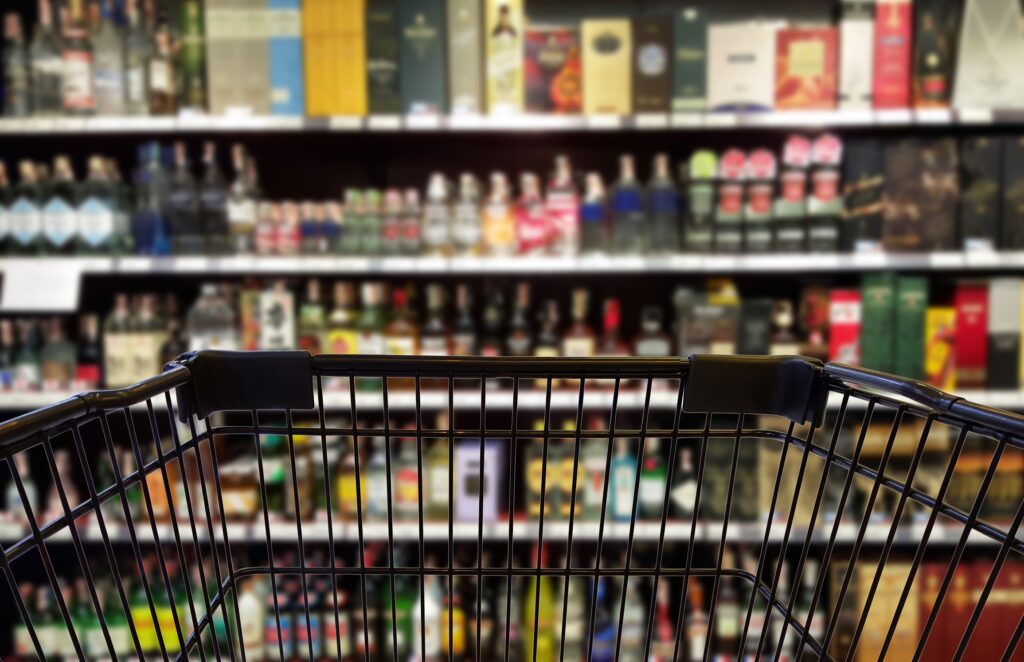California’s Water Bureaucrats Are Making a Bad Drought Worse
Are California’s reservoirs half-full or half-empty? The state’s largest reservoirs—Lake Oroville and Lake Shasta—are exceedingly low for this time of year, with the former at 55 percent of capacity and the latter at 40 percent of capacity. However, my snarky question isn’t about water levels, but about policy makers’ attitudes toward our water crisis.
Do California officials see the current, dire drought situation as an opportunity or an unfixable crisis?
Most of the reporting has focused on the latter, for obvious reasons. Despite recent rainstorms, 60 percent of California is experiencing extreme drought and 95 percent experiencing severe drought. As a result, the Metropolitan Water District of Southern California, the nation’s largest water provider, is mandating 35-percent reductions in household consumption.
If there’s too little stored water, there’s little that water agencies can do other than ration it. While the 19-million residents served by MWD will face a summer of annoyances, the Central Valley’s residents are facing threats to their farm-based economy. Reports suggest that new groundwater pumping restrictions will fallow millions of acres of prime California farmland.
The crisis talk is leading to the usual blather—and water shaming. As ABCNews7 reported, “Water usage jumped nearly 19 percent in March, which was one of the driest months on record” despite pleas from state officials to slash usage by 15 percent. On closer inspection, the big monthly jump was no big deal given that water usage still is down 3.7 percent since last July.
Consider this amazing statistic from our even-drier neighbor. Arizona uses less water overall than it did in the 1950s, when the population was one-seventh its current level. Californians usually meet the state’s increasingly aggressive conservation targets, but our individual efforts inevitably run into the concept of “diminishing returns.”
Nearly 50 percent of the state’s available water flows to the Pacific, 40 percent goes to farms and 10 percent goes to urban users. Residences use 5.7 percent of the state’s water, with half of that going to pools and landscaping. Conservation is a good idea during times of scarcity. But why are environmentalists and regulators fixated on squeezing more drops from those who use the least?
It’s almost as if they are more intent on punishing Californians for our lifestyles than funneling more water into our system to assure that everyone has the water that they need. Go figure. Despite the grueling drought—and it comes only a few years after the previous grueling drought—our state hasn’t noticeably shifted its priorities.
After the California Coastal Commission’s notoriously anti-growth staff tried to derail a privately funded desalination plant that can meet 16 percent of Orange County’s water needs, Gov. Gavin Newsom stepped up and said some encouraging things—which even earned him a favorable editorial from the Southern California News Group.
“We need more tools in the damn tool kit,” Newsom told the Bay Area News Group during a recent interview, in which he touted the Poseidon de-salter. Newsom even used my favorite terminology as he pitched an “all of the above” approach to the water situation. Hence, that raised my hope that the reservoir is, so to speak, half-full. Yet, sadly, we got the answer to my earlier question late Thursday, as the commission itself unanimously rejected the Poseidon plant.
The commission’s executive director said its rejection “does not mean that we’re setting the stage for the denial of all desal facilities or other critical infrastructures across the state,” but in reality it’s the end of desalination in California. Who is going to spend 20 years developing a project only to meet this fate?
California needs to build appropriate water-storage facilities to capture more water during rainy years (and, yes, we’ll have rainy years again), improve water trading and pricing, and build recycling and desalination plants. We’re not going to do desalination now obviously, we’re not fixing the pricing situation and we’re not building water-storage facilities.
Again, the governor’s rhetoric has been good lately when it comes to water, but his action is lacking. He appoints members to the Coastal Commission and we see how that went. He touts his $5.1-billion water infrastructure package as the centerpiece of his efforts to boost water availability, but one need only look at the administration’s own press package to see it’s a fairly empty package.
The largest portion ($1.3 billion) goes toward drinking and wastewater infrastructure for disadvantaged communities—an important and long-neglected upgrade that nevertheless has little to do with boosting water supplies. The other main expenditures relate to environmental improvements, including fish corridors and water-efficiency subsidies.
As U.S. Rep. Tom McClintock (R–Roseville), has said, “Droughts are nature’s fault and they are beyond our control. Water shortages, on the other hand, are our fault.” Based on the commission’s decision, it’s sadly clear that California has made its choice to enter a stage of permanent rationing and endless crisis.









